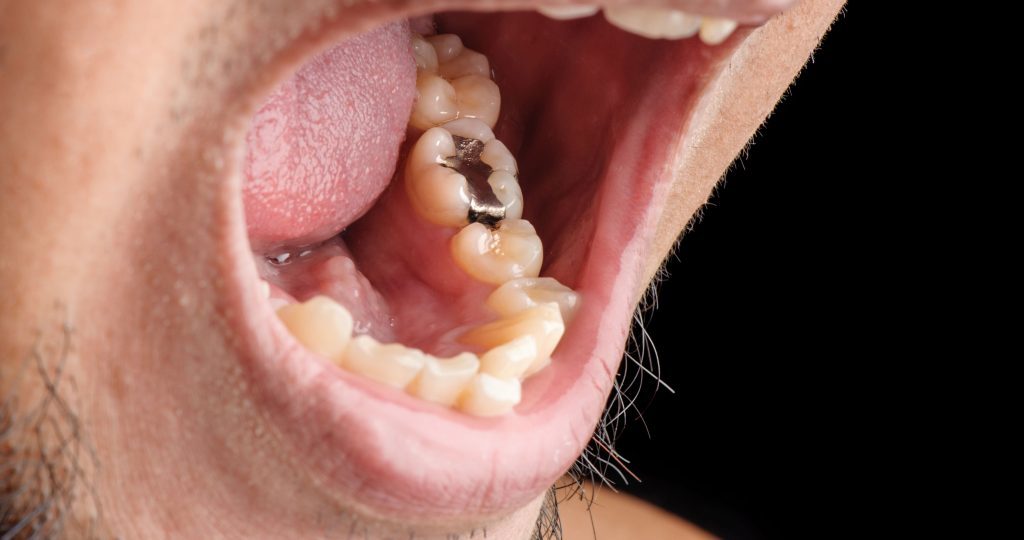 The Wrigley Oral Healthcare Programme explains how the phasing down of amalgam could lead to a renewed focus on prevention.
The Wrigley Oral Healthcare Programme explains how the phasing down of amalgam could lead to a renewed focus on prevention.
Dental amalgam represents the second highest use of mercury, and the largest single source of mercury in municipal waste water. According to the World Health Organisation (WHO), mercury contained in dental amalgam is the greatest source of mercury vapour in non-industrialised settings.
Mercury use
The dental industry has a responsibility to phase-down the use of dental amalgam; however this isn’t as simple as just switching to a new composite material. Considerations such as cost of materials, availability of equipment in the consultation room, longevity of the restoration, safety profile of the alternative composite material all must be evaluated.
There is a need to approach this systematically; by managing the existing usage and disposal for amalgam, replacing it with new restorative materials currently under development, and finally reducing the need for amalgams through a renewed emphasis on prevention. In parallel, this could be the catalyst that’s needed to change perspectives on managing dental disease, with new perspectives on minimal intervention and a new impetus behind better prevention.
The Minamata Convention, a global legally-binding treaty aiming to protect human health and the environment from the adverse effects of mercury, goes in to force on 16 August 2017, 90 days after the 50th country ratified the agreement, according to its website. Therefore, it’s less a question of whether these changes will come, but precisely when and how the dental industry will respond. Dr Christopher Fox, executive director of the IADR has called for dental professionals to assist Government to comply with the convention and (in the absence of a suitable replacement for amalgam) to put prevention first. Fewer caries will ultimately mean less need for tooth restoration.
Prevention
With this renewed focus on prevention, new approaches are needed to address a disease that continues to impact almost all of us during our lifetime. With such high prevalence, it will come as no surprise that oral diseases are the fourth most expensive condition to treat, according to the WHO.
Preventive dentistry has traditionally relied upon oral hygiene, namely twice daily brushing with a fluoride dentifrice, as well as water fluoridation and other topical delivery systems, in combination with dietary counselling and some professional interventions. In addition to these, interventions such as chewing sugarfree gum can help support better oral health, and in fact the European Commission (EC) has approved five oral health claims for sugarfree chewing gum.
The need to find alternative materials to amalgam is in fact the ideal opportunity to take a ‘systematic, critical appraisal of current strategies for caries prevention and to propose more effective approaches’. The Wrigley Oral Healthcare Programme is committed to helping dental professionals achieve the goal of better oral health for their patients.


